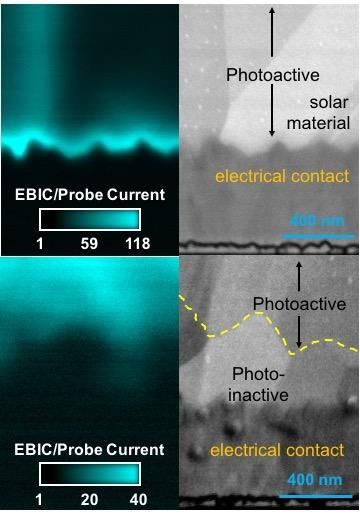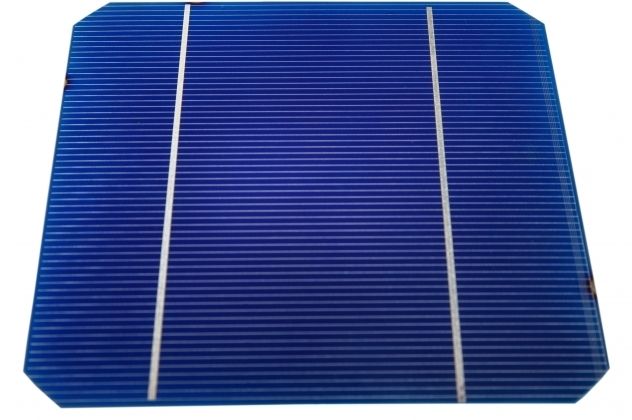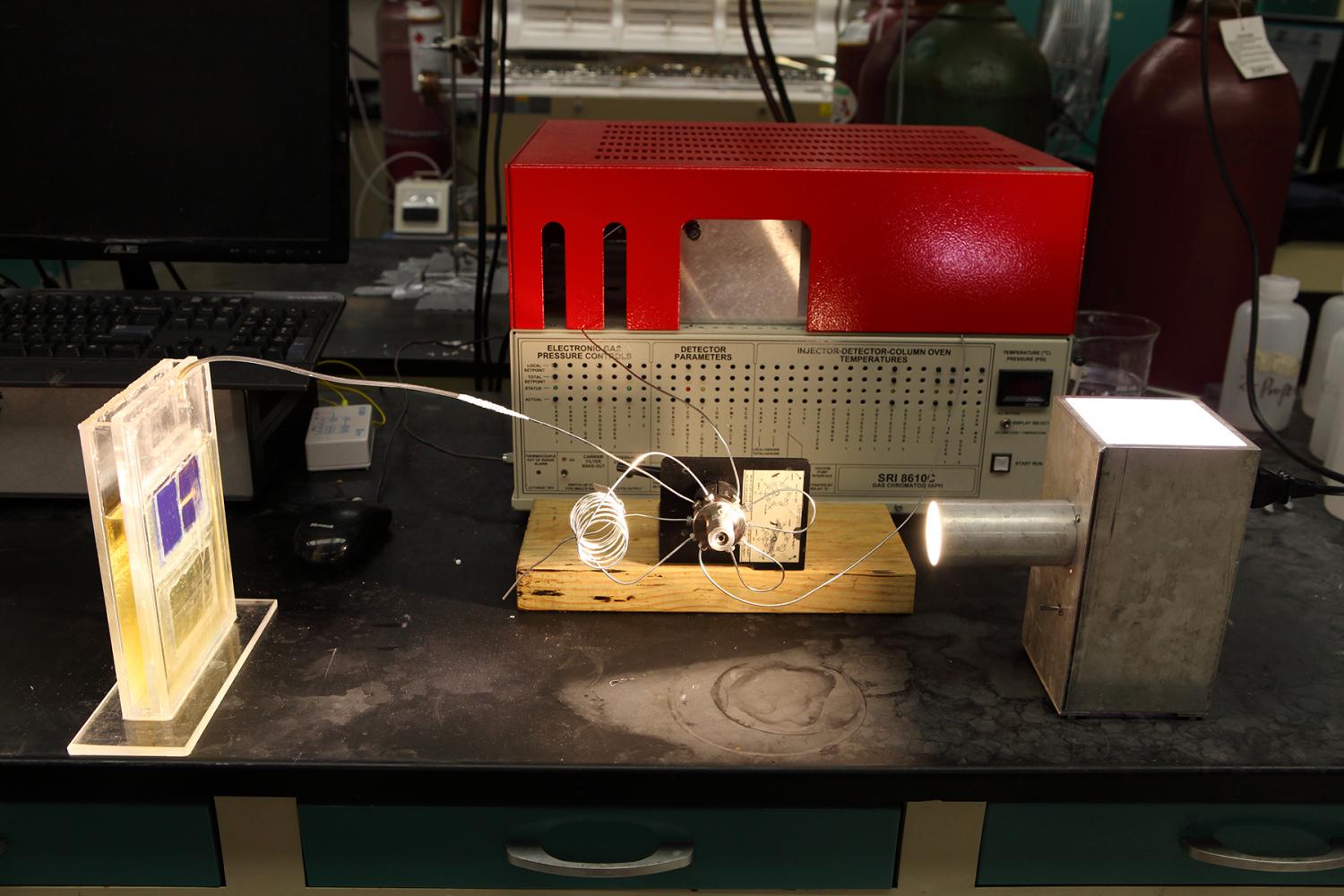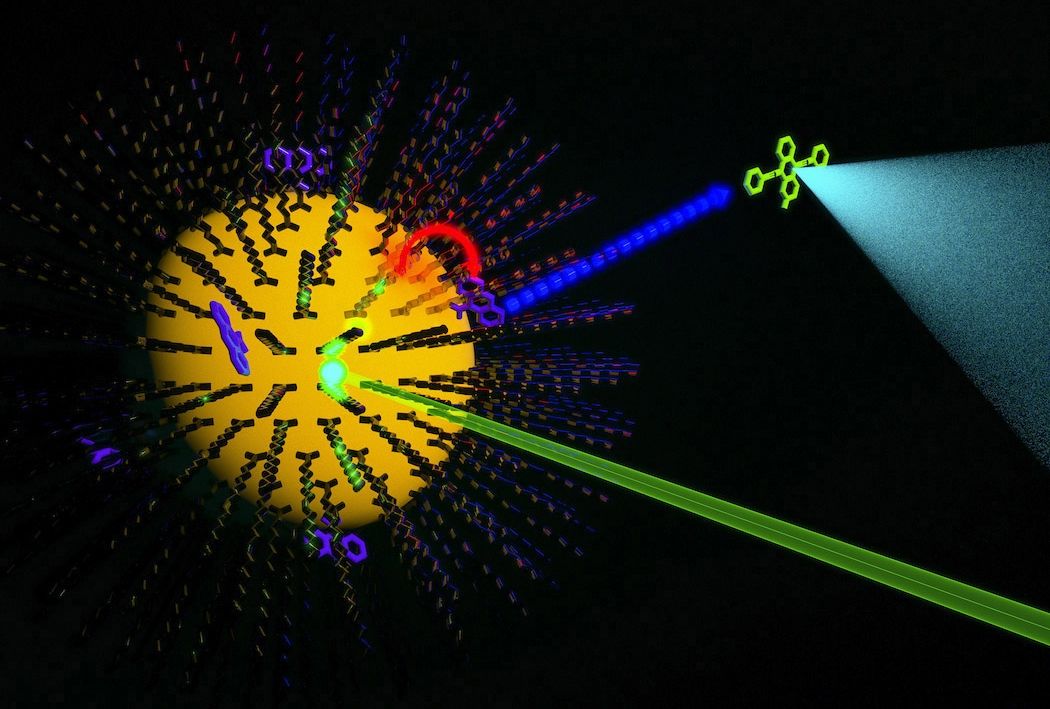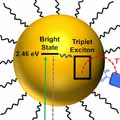Nice and Kudos to ORNL.
A team led by Jonathan Poplawsky of the Center for Nanophase Materials Sciences used advanced microscopy techniques to discover efficiency differences of crystalline structures of various mixtures of cadmium, tellurium and selenium. In fact, selenium is an integral part of the formulation that resulted in a world record for solar cell efficiency. The team’s paper is published in Nature Communications.
While some of today’s solar cells use a blend of cadmium and tellurium to convert light into electricity, adding the optimum amount of selenium in the right places could help increase efficiency from the current mark of about 22 percent to levels approaching the theoretical limit of 30–33 percent. The trick is to determine the best ratio of selenium.
“Using different microscopy methods, we were able to gain a better understanding of the phases, compositions and crystalline structures that allow these materials to convert light into electricity more efficiently,” said Poplawsky, adding that the availability of data is limited. “In some instances, adding too much selenium changes the crystalline structure of cadmium-tellurium and dramatically reduces the conversion efficiency.”
